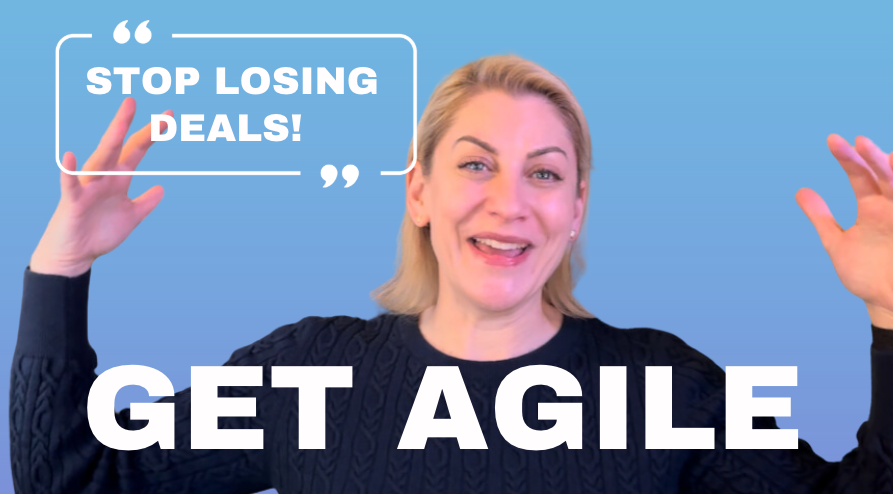Unlock the Secret to Winning Proposals with This 3-Step Agile Process

Did you know that 60% of proposals fail simply because they don't address the client's needs effectively? Shocking, isn't it? But here's the good news: there’s a straightforward way to turn the odds in your favor. Enter the Agile proposal process—a method that transforms your proposals from mediocre to exceptional by focusing on feedback, analysis, and refinement. Let’s dive into how this approach can revolutionize your proposal game and help you secure those coveted wins.
Why Proposals Fail—and How Agile Can Help
Writing proposals can be a daunting task. You pour hours into crafting the perfect narrative, designing an eye-catching layout, and ensuring every detail shines, only to face rejection. What are the usual culprits?
- Lack of clarity: The message gets lost in overly complex or vague language.
- Failure to address specific pain points: The proposal feels generic and uninspired.
- Low engagement: The content doesn’t connect with the client on a personal or professional level.
These issues are more common than you think. However, they’re precisely why adopting an Agile proposal process is a game-changer. By intentionally integrating feedback and refining your approach, you can ensure your proposals are not only clear but also tailored to the client's unique needs.
What Is an Agile Proposal Process?
At its core, an Agile proposal process revolves around three key steps:
- Gather: Collect feedback from colleagues, stakeholders, and even the client as early as possible in the drafting process.
- Analyze: Take a critical look at the feedback and identify actionable insights that can enhance your proposal.
- Refine: Continuously revise and improve the proposal until it aligns perfectly with the client’s expectations and needs.
The cornerstone of this process is timing. Gathering feedback early—not in the frantic hours before submission—is what sets you up for success. Rushed, last-minute edits often lead to missteps, overlooked details, and generic proposals that fail to impress.
A Real-World Example of Agile Success
Let’s put theory into practice with a real-life example. While working at a civil engineering firm, my team received feedback from a county client that our proposal came across as too generic. No one enjoys hearing that, especially after putting in hours of effort.
We decided to implement an Agile proposal process. Instead of waiting until the final stages, we started gathering feedback from multiple stakeholders early in the drafting process. The team collaborated to address the county’s specific pain points with tailored solutions.
The result? Our next submission secured a six-figure deal. By embracing an iterative, feedback-driven approach, we didn’t just improve our proposal—we delivered exactly what the client needed.
Why Continuous Improvement Matters
The true power of the Agile proposal process lies in its commitment to continuous improvement. Each cycle of gathering, analyzing, and refining strengthens your proposal and ensures that it hits the mark. This approach not only boosts your chances of winning but also positions you as a proactive and client-focused professional.
Here’s a quick recap of why this process works:
- It ensures your proposal is tailored to the client’s needs.
- It reduces the risk of last-minute errors or omissions.
- It fosters collaboration and brings diverse perspectives into the proposal.
Take Your Proposal Game to the Next Level
Winning proposals don’t happen by accident—they’re the result of deliberate planning, collaboration, and refinement. By adopting an Agile proposal process, you can elevate the quality of your submissions, address client pain points with precision, and significantly increase your chances of success.
Now it’s your turn! Have you tried using an Agile proposal process for your submissions? What were your results? Share your experiences or questions in the comments below. And if you found this guide helpful, don’t forget to subscribe for more actionable insights. Let’s transform the way you approach proposals—one winning submission at a time.